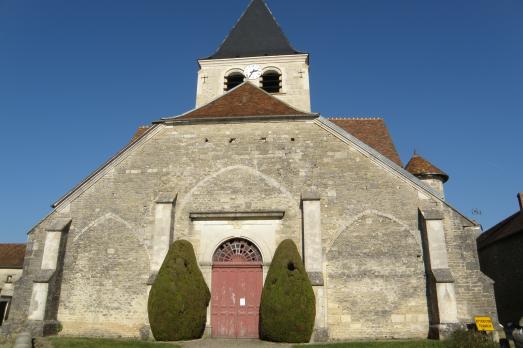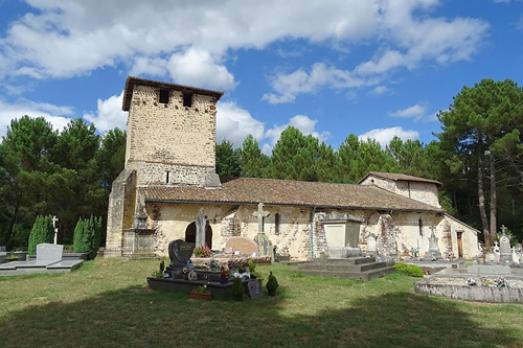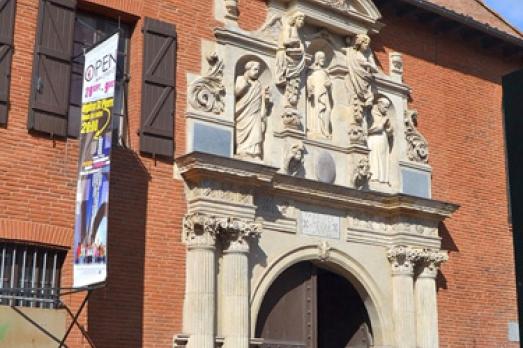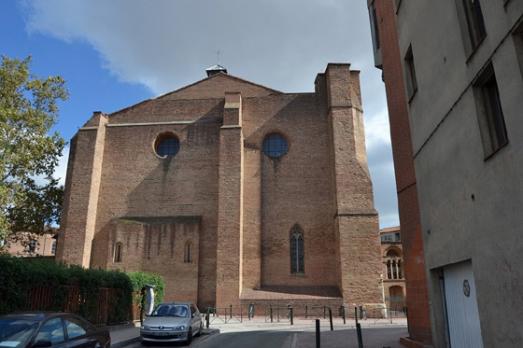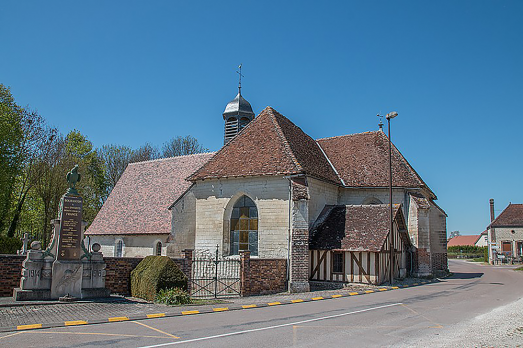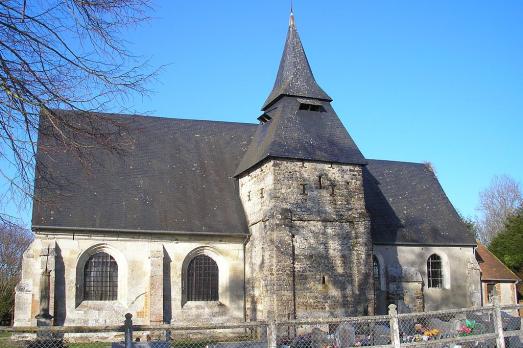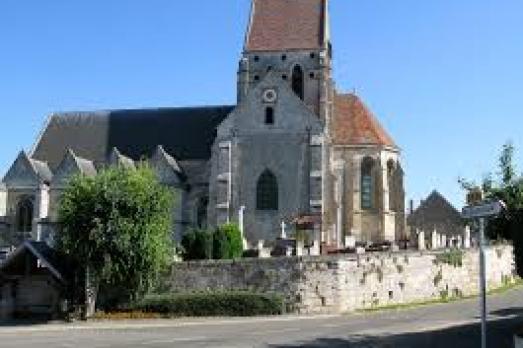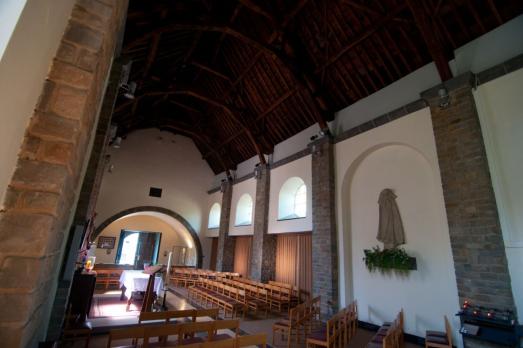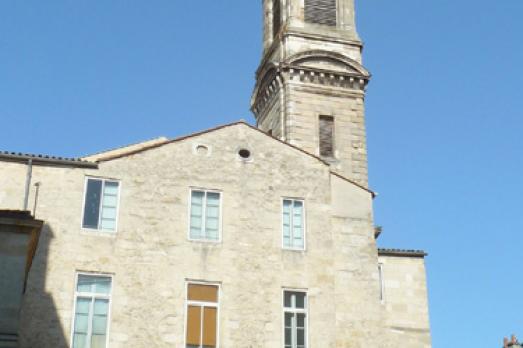
Church of Saint-Paul-Saint-François-Xavier
Bordeaux, FR
With its length of 45 meters and its width of almost 19 meters, the church is one of the largest buildings built in France by the Jesuits. Its design and style are in keeping with the Baroque architectural movement. The interior impresses with its harmonious proportions, architectural sobriety and decorative richness. Classified as a Historic Monument in September 1997, it was endowed in 2006 with a chandelier created by the Bordeaux artist Jean-François Buisson.
